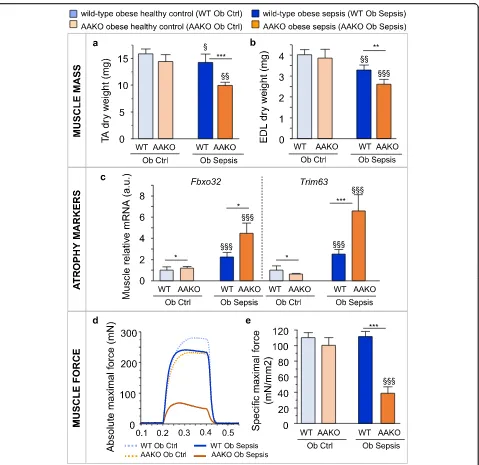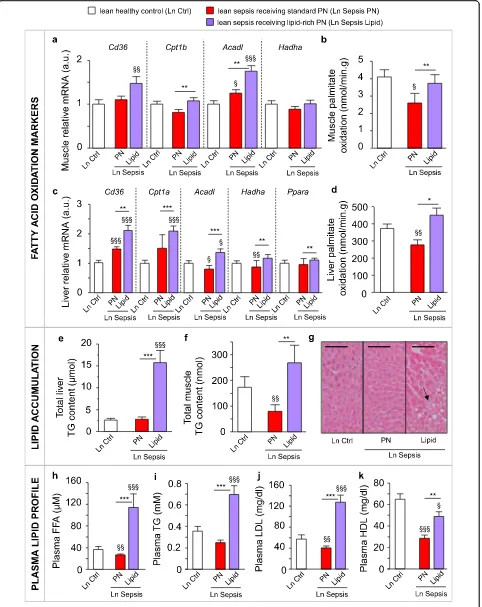Adipose tissue protects against sepsis induced muscle weakness in mice: from lipolysis to ketones
Full text
Figure




Related documents
In this paper a full wave integral equation technique is developed for electromagnetically modeling of structures in which dielectric backed planar conducting layers of
has recognized the outrageous pun on "Thoreau" perpetrated by the jocular, anthropomorphized persona of Frost's "A Drumlin Wood- chuck." At the end of that poem,
Hoffa fracture is an intra-articular fracture of the poster- ior aspect of the femoral condyle. In positions of knee flexion beyond 90°, the lateral femoral condyle is the leading
The presented investigation include the analysis of delamination influence buckling behavior of composite plate structure, which combined from six layer
There is a need for identification of diverse sources of resistance to wilt to sustain wilt resistance in castor since the existing wilt resistant cultivars are
way Anova test and Scheffe has been used and it was found that that there is a significant difference in the customer’s perception about quality of service for the
Continental Bank was one of the first cases to address the issue of an English anti-suit injunction against another signatory to the Brussels Con- vention. 6 9 In
Despite its limitations, this study is a valuable evaluation of the association between the level of community diet and/or lifestyle westernization and cardiovascular risk




